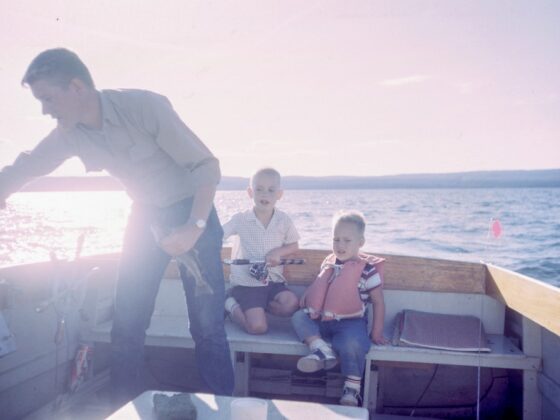Have you ever wondered how much air your lungs hold? This is a simple experiment that even little children can do.
What you need:
- A plastic bottle (one that holds 2-3 liters is best) or a 1-gallon milk carton (3.8 liters)
- A bendy straw
- A large bowl filled about halfway with water
What you do:
- Fill the plastic bottle with water all the way to the top. Screw the cap on.
- Turn the bottle upside down in the bowl of water. Take the cap off while the mouth of the bottle is submerged in water, try not to squeeze water out of the bottle while doing so.
- Push one end of the straw into the neck of the bottle and hold onto the other end above the water.
- Take a deep breath and blow gently into the straw until your lungs are empty. The air blows into the bottle and pushes water out into the bowl.
- All the air you breathe out gets trapped at the top of the bottle. Make a mark at this point with a permanent marker so you can measure how much air your lungs hold.
- To measure how much air you blew into the bottle: Fill the bottle with water up to the mark you made. Then dump this water into a measuring cup to see how much it is!
What’s happening?
When you blow the air out of your lungs into the tube, the air forces water out of the bottle. The amount of water that is forced out of the bottle is equal to the air that you are breathing out of your lungs. This is called “displacement” – you displace a measurable amount (i.e., a volume) of water with a measurable amount (i.e., volume) of air.
Fun fact!
Austrian Herbert Nitsch is the current free diving world record holder and “the deepest man on earth”. His lung volume has been measured to be 10 liters (2.6 gallons), which Herbert can expand to 15 liters (4 gallons) with a special technique called “packing” or “buccal pumping.” Healthy adult males have a lung capacity of 6 to 7 liters or 1.6 to 1.8 gallons.





